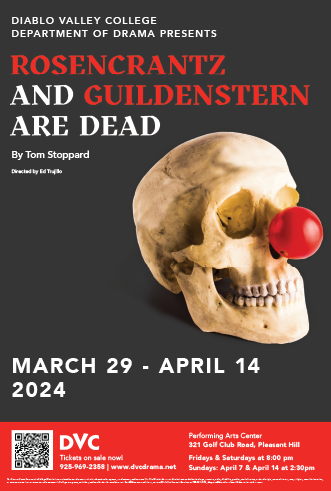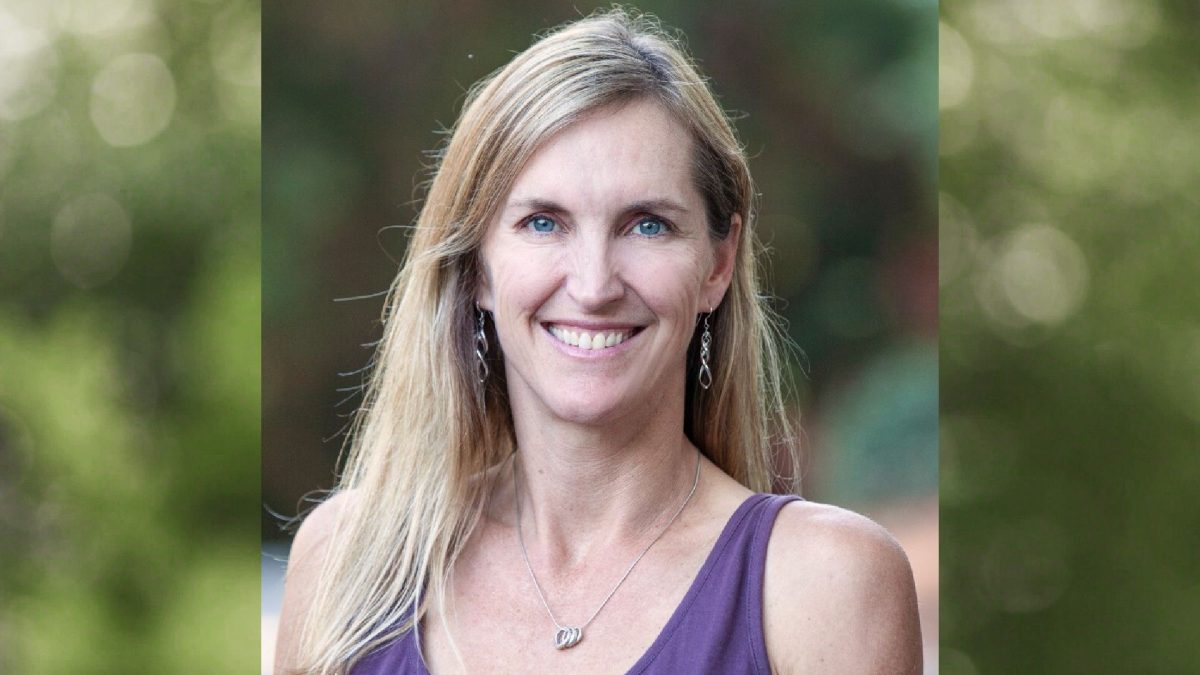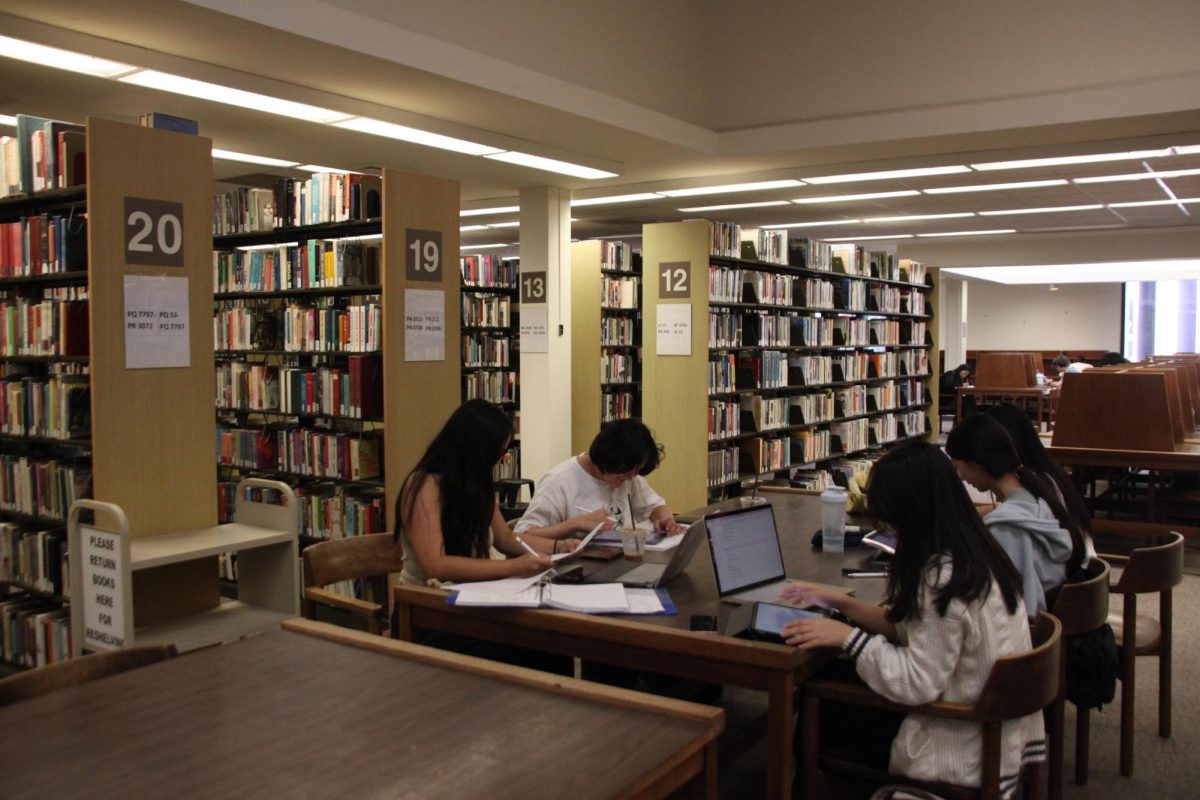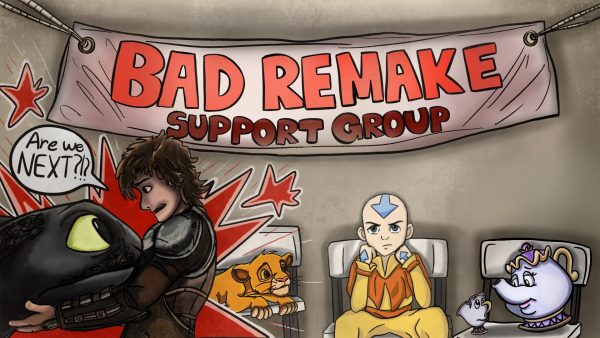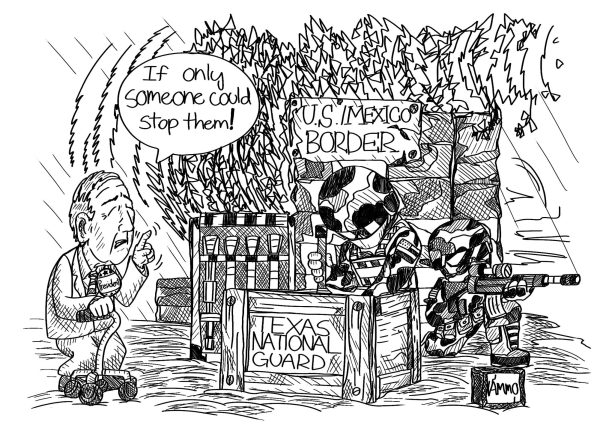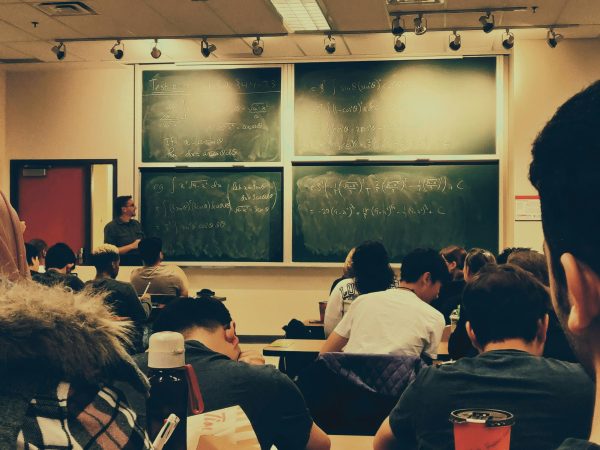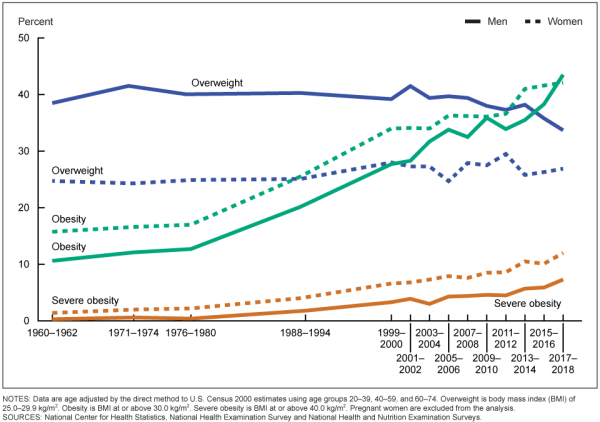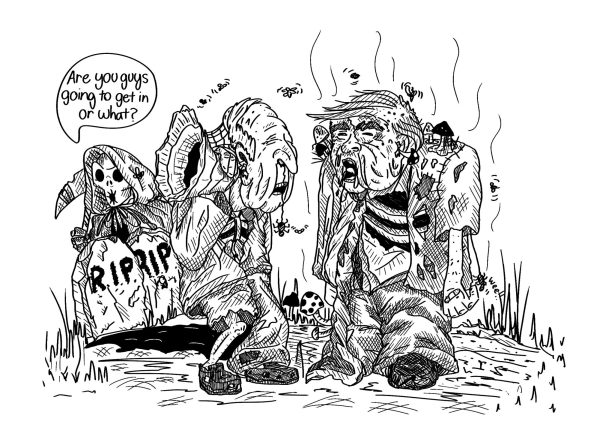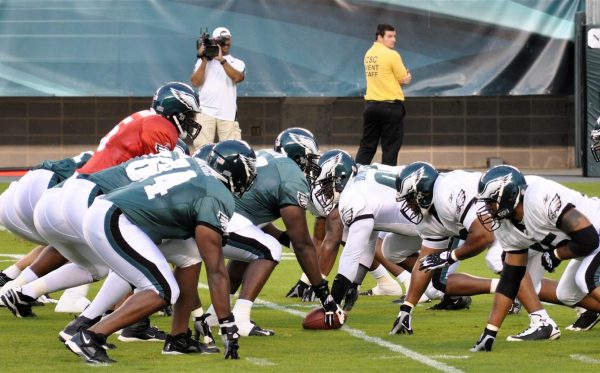Young first-generation Americans often struggle to find cultural identity
May 14, 2014
Growing up with my parents, I’ve often gone to many Filipino bakeries and restaurants. Familiar with the environment and food, I see no problem in making a quick stop for lunch.
But something I notice that happens quite often is that a Filipino cashier will speak to another Filipino in front of me in line in Tagalog, the main language spoken in the Philippines. When it’s my turn, I walk up and as soon as I say, “Hi,” the cashier’s tone and demeanor automatically changes.
They know. I don’t speak Tagalog, or any other Filipino language for that matter.
And suddenly I feel like an outsider.
As a child of Filipino immigrants, I find that it’s difficult for other second-generation Americans to have a sense of cultural identity because they don’t quite fit in as Americans whose families have lived in the U.S for generations.
Yet at the same time, those first generation Americans don’t feel as attached to the culture of their parents either.
According a Pew Research study on second-generation Americans from Feb. 7, 2013, 34 percent of second-generation Asian Americans think of themselves as very different from a typical American.
It is an ongoing dilemma in finding a cultural middle-ground in identity.
I agree with this wholeheartedly, as it is something that I struggle with. I never quite feel 100 percent Filipino, nor do I feel 100 percent American.
The Pew study also found that only 4-in-10 of second-generation Asian Americans speak the language of their country of origin very well, while 33 percent say they speak a little of the language, and 26 percent say they don’t speak the language at all.
Both my parents are fluent in different Filipino languages, but they didn’t think it was important to teach me or my sister how to speak their native languages.
While I understand most of what my parents say to me when they speak in native tongue, I’m not able to speak it back, other than a few words. They thought it’d be easier to speak to us mostly in English, because it’s the primary language in America.
What they didn’t think about is that the role of language is underestimated when trying to assimilate kids into American culture.
By not learning to speak my parent’s native Tagalog or Visayan, I’ve felt distant to the traditional aspects of my parents’ native country.
Despite Filipino blood running thick through my veins and possessing a deep sense of ethnic roots, I feel like the American culture that I’ve been immersed in, has me viewed differently than others of the same ethnic background.
As more and more people are immigrating to the U.S., I think that it’s important for the children of these immigrants to understand that it will be a struggle to assimilate to a culture that isn’t completely their own.
I think it’s imperative for change to happen if we want to keep our native cultures alive, while remaining a diverse country.
So often I feel that parents who immigrated to the U.S. encourage their kids to have a better life than their own; for them to excel in things that will only further their success.
I’m grateful for the opportunities that living in the U.S has brought to me and my family. The stories of my mother growing up in a poor life in the Philippines has humbled me in ways that I don’t think most Americans—that have been here for many generations—would understand.
However, if parents didn’t conform to all societal norms and chose to teach their kids native languages and traditions, there might be a stronger sense of cultural identity for second generation Americans.
One day I hope to walk into a Filipino store and not feel different. Someday I want to have my own family and I want them to know their roots, rather than hearing faint stories of the past.
Future generations need to make an effort to preserve their culture before it’s gone.



















